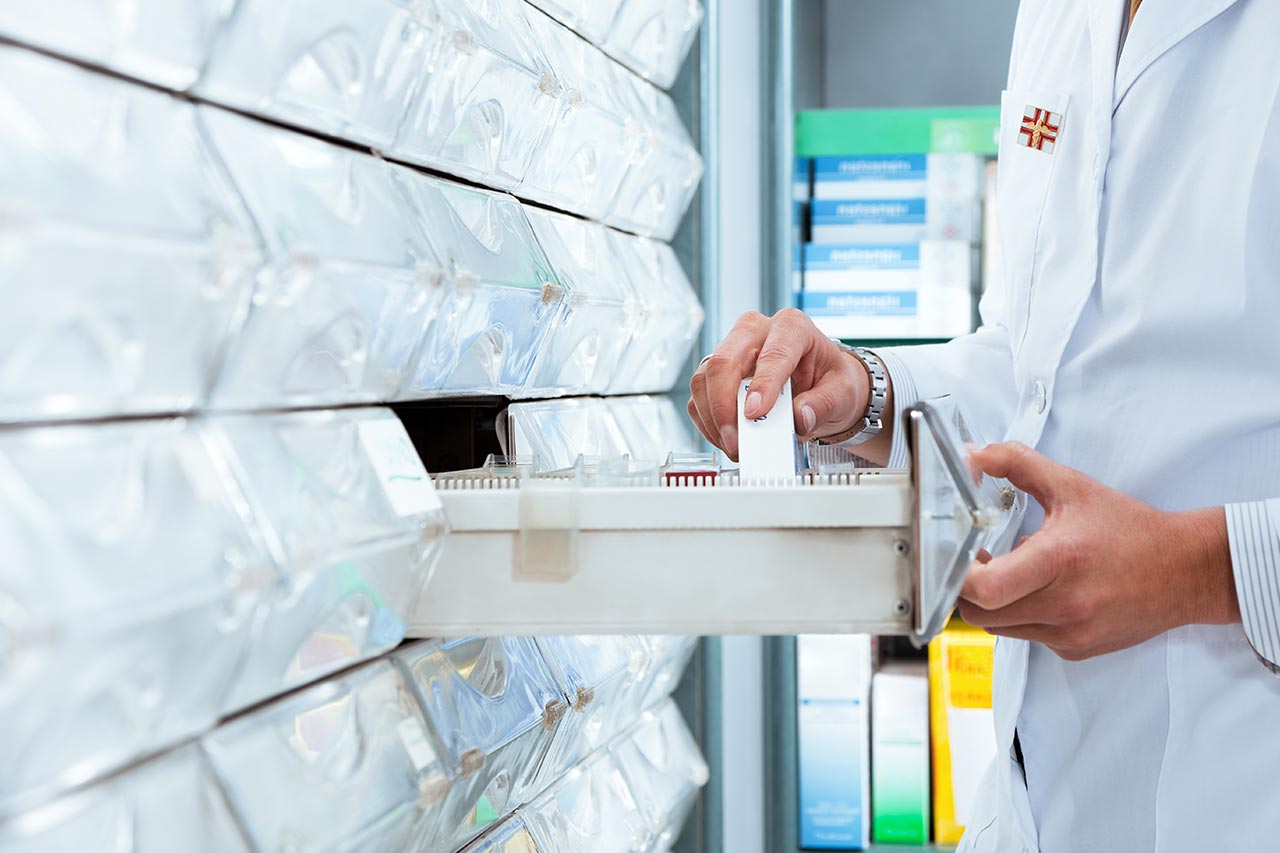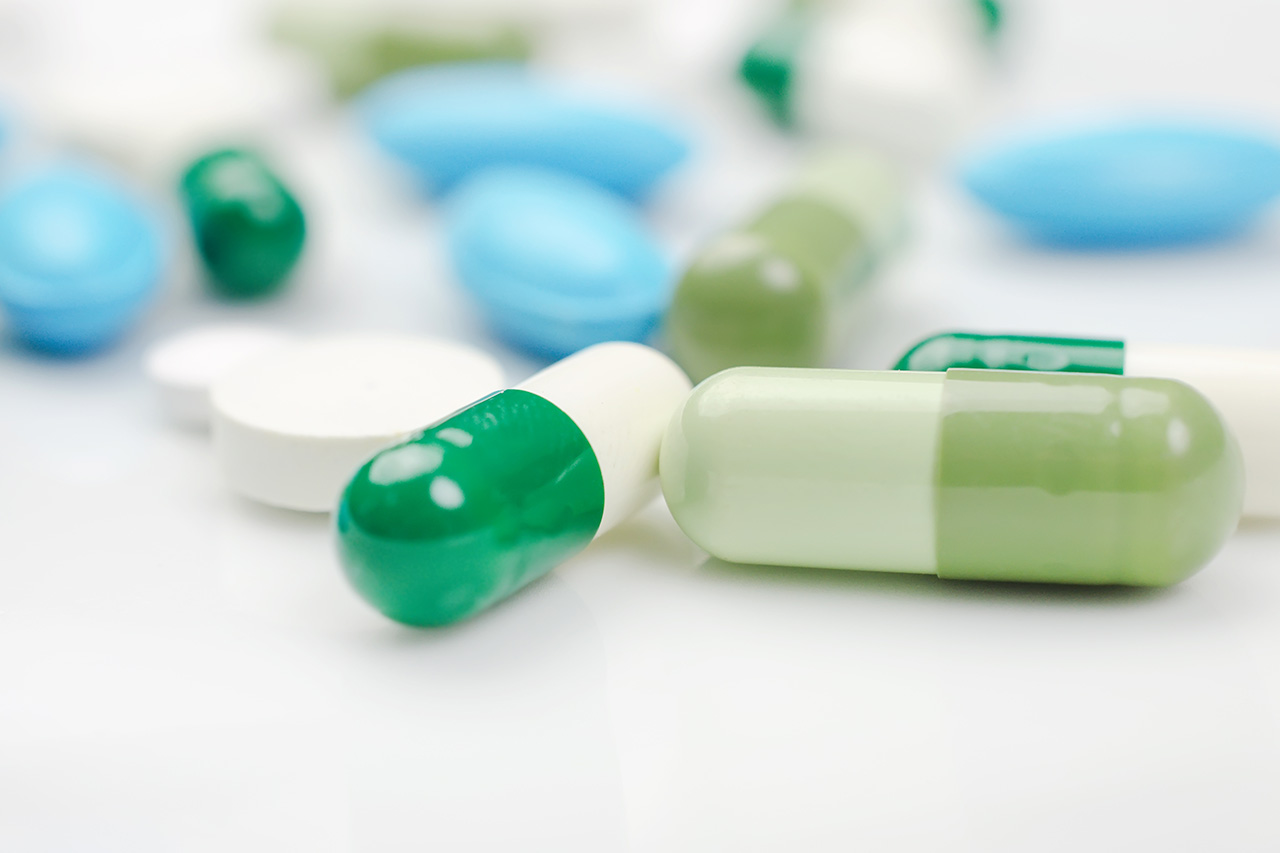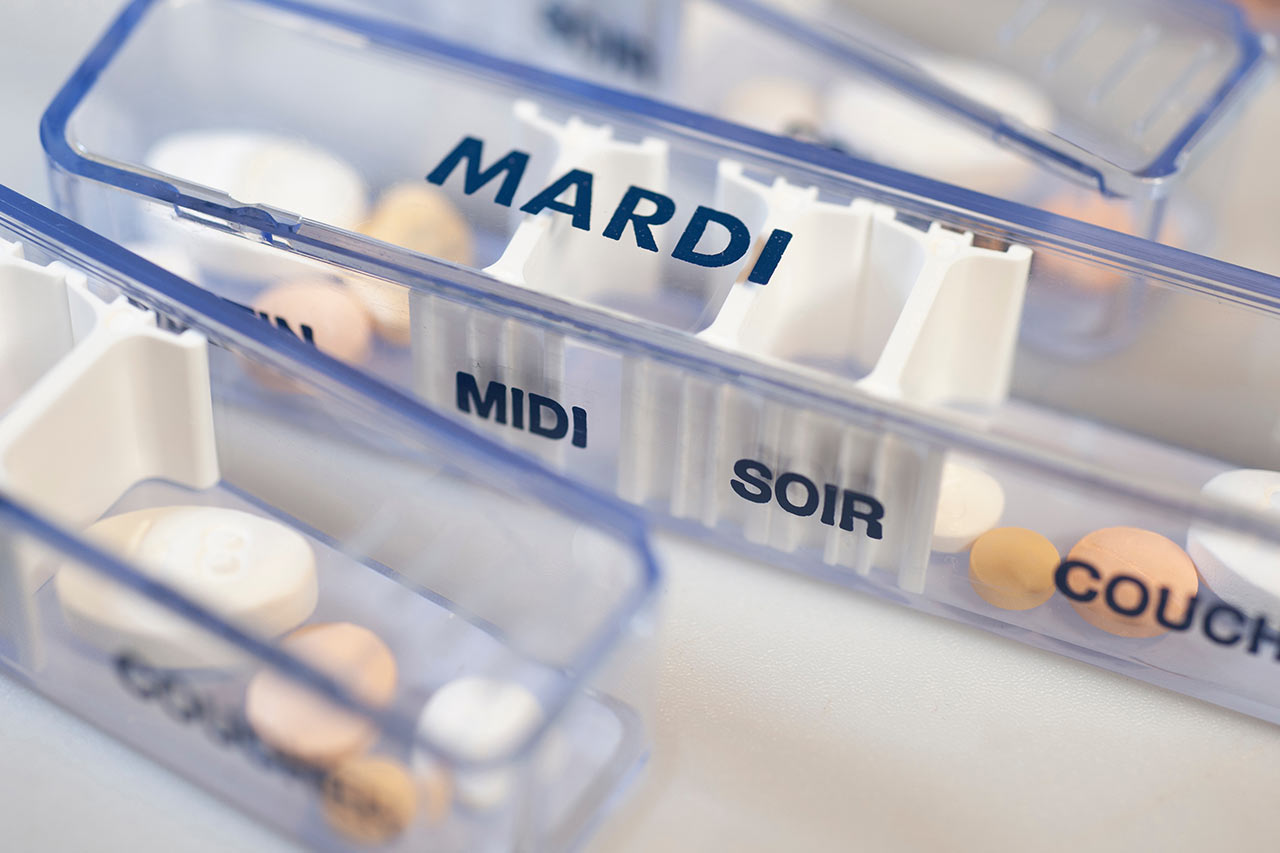The SADC : a heterogeneous market, dominated by South Africa
The SADC is an organization that aims to promote economic development within Southern Africa. It comprises 16 member states (such as South Africa, Angola and the Democratic Republic of Congo), and is heavily dominated by South Africa, which accounts for 16% of the population and generates almost 50% of its GDP.
This disparity is similar in the pharmaceutical market, for which South Africa alone accounts for more than half of the region’s market. In addition, the country dominates local drug manufacturing in the region: the country’s pharmaceutical production accounts for 90% of local drug production in the SADC.
Towards an acceleration of market access in Southern Africa for pharma companies thanks to the ZAZIBONA process
Healthcare product registration is done at the country level, but the ZAZIBONA process, created in 2013, facilitates the obtention of market authorization for pharmaceutical companies. This process, adopted by 14 SADC countries, aims to reduce registration times and allows for a joint evaluation of products. The marketing authorization issued is then valid in all countries participating in the evaluation. This initiative will reduce the current backlog of local health authorities and thus facilitate market access for pharma companies. In South Africa, the backlog represents several thousands of files that have not yet been evaluated.
Financial incentives to promote local pharmaceutical production
Nowadays, the region imports about 80% of its pharmaceutical needs, with strong inequalities depending on the country, imports account for 60 to 99% of the market. In addition to the high transport costs affecting the final price of medicines, this situation fosters long delivery times and the development of counterfeiting.
This is why health authorities want to promote local pharmaceutical production, whether it is API, galenic form or simply packaging. In some countries, for example, various financial incentives have been imagined to attract pharmaceutical companies such as higher prices for products purchased by the state, the awarding of more points to local manufacturers in tenders, or lower taxes for locally manufactured products.
A distribution concentrated among a limited number of players: the example of South Africa
In many SADC countries, drug distribution is concentrated among a limited number of market players which dominate the market, and this trend should continue to increase. A specifically blatant example is South Africa:
- 3 distributors alone, DSV, Imperial and UPD, account for more than 3/4th of the distribution market in the country
- The top 3 wholesalers (UPD, Dis-Chem and Alpha Pharm) account for 2/3rd of the South African market
- For retail, in the private sector, 3 private pharmacy chains concentrate 2/3rd of the market, and the 3 main private hospital chains account for 80% of the country’s private beds.
Southern Africa, still poorly represented in the global pharmaceutical market, is a fast-growing market. South Africa constitutes a real gateway to the rest of the region and dominates the pharmaceutical market of SADC. The region continues to face many challenges, such as the very high import ratio and the concentration of players along the distribution chain. However, the development of interstates initiatives, such as the ZAZIBONA process should facilitate market access for pharmaceutical companies in Southern Africa. In addition, the incentives imagined by local authorities could eventually promote local production of healthcare products. Thus, Southern Africa is an interesting new geography to explore!
About the author
Fanny, Consultant in Alcimed’s Healthcare team in France



